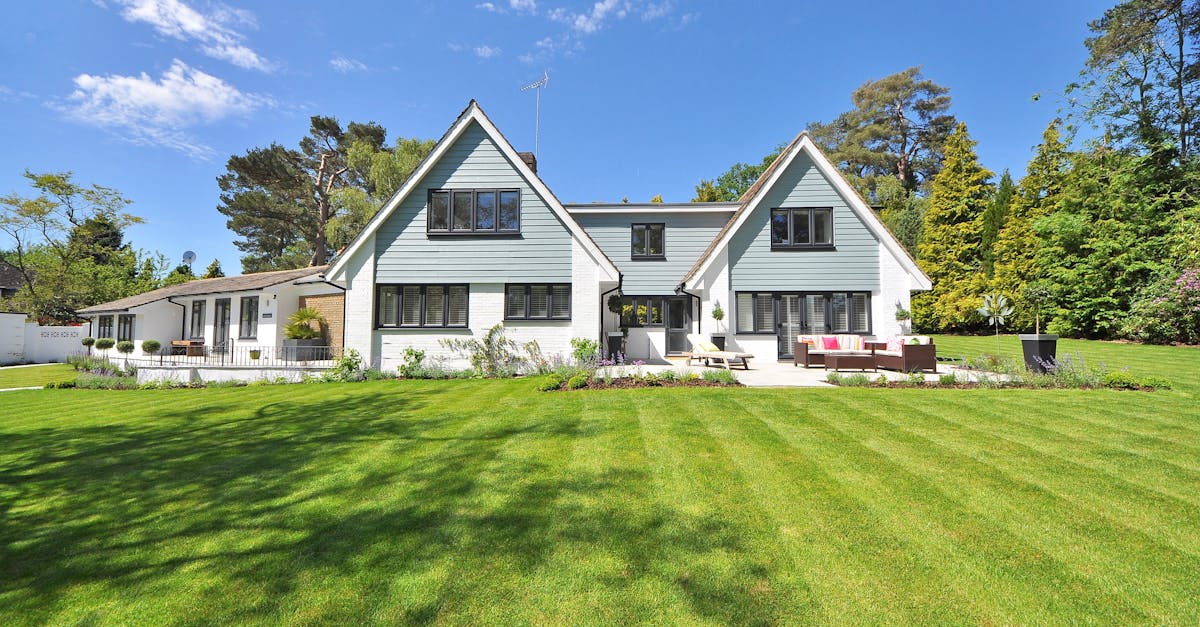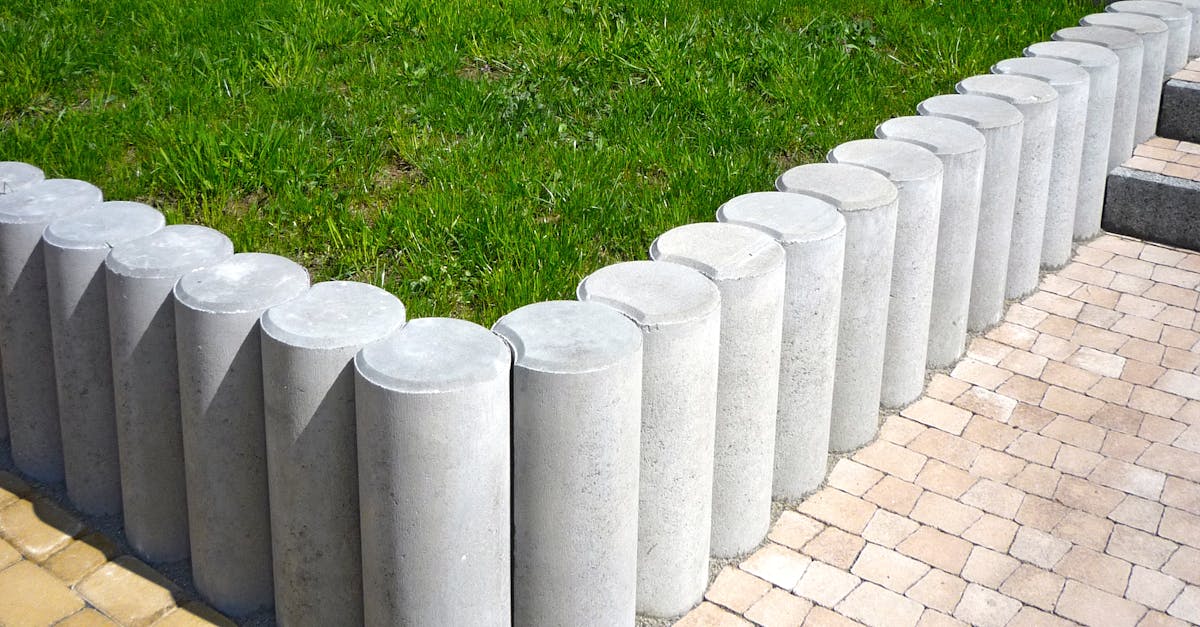
Table Of Contents
Hardscaping vs. Softscaping
Hardscaping and softscaping are two key elements in landscaping design. Hardscaping involves the non-living features of a landscape, such as pathways, patios, and walls. These structures are typically permanent and provide the framework for the outdoor space. On the other hand, softscaping refers to the living aspects of a landscape, including plants, trees, and flowers. Softscaping adds color, texture, and visual interest to the outdoor environment, complementing the hardscaping elements.
While hardscaping provides functionality and structure to a landscape, softscaping brings in natural elements and softens the overall look. Finding the right balance between hardscaping and softscaping is crucial to creating a harmonious and visually appealing outdoor space. By combining the solid foundation of hardscaping with the organic beauty of softscaping, landscapers can achieve a well-rounded and cohesive design that enhances the overall aesthetic of the property.
Understanding the difference between hardscaping and softscaping in landscaping
When designing a landscape, it is crucial to differentiate between hardscaping and softscaping elements. Hardscaping refers to the non-living features incorporated into a landscape design. These elements are typically permanent and include structures like patios, walkways, retaining walls, and fountains. Hardscaping provides the framework and backbone of the outdoor space, shaping its functionality and structure.
In contrast, softscaping involves the living aspects of landscaping, such as plants, trees, flowers, and shrubs. Softscape elements add color, texture, and movement to the outdoor environment, creating a harmonious balance with the hardscaping features. By combining both hardscaping and softscaping elements thoughtfully, landscape designers can create aesthetically pleasing and functional outdoor spaces that cater to the needs and preferences of the property owners.
Hardscaping Trends
Hardscaping trends are constantly evolving, influenced by advancements in design and materials. One prevalent trend in hardscaping revolves around sustainability and eco-friendly practices. Incorporating permeable pavers, rain gardens, or green walls into hardscaping designs not only adds aesthetic value but also promotes environmental consciousness. More homeowners are now seeking to balance the beauty of hardscaping with functional elements that contribute to a greener landscape.
Another noteworthy trend in hardscaping is the integration of smart technology and automation. From automated irrigation systems to lighting controlled by smartphones, technology is becoming an integral part of hardscaping projects. These advancements offer convenience, efficiency, and the ability to create personalized outdoor spaces that meet the needs and preferences of homeowners. As technology continues to advance, hardscaping designs are likely to become more innovative and interactive, enhancing the overall outdoor living experience.
Discovering the latest trends in hardscaping design and materials
When it comes to hardscaping, staying up-to-date with the latest design trends and materials is essential for creating a modern and visually appealing outdoor space. One emerging trend in hardscaping design is the use of sustainable and eco-friendly materials. Homeowners are increasingly opting for materials like reclaimed wood, recycled composite decking, and permeable pavers that not only enhance the aesthetics of their outdoor spaces but also reduce environmental impact. Additionally, incorporating smart technology into hardscaping designs is gaining popularity. Features such as outdoor lighting controlled by apps, automated irrigation systems, and entertainment systems integrated into outdoor patios are transforming traditional hardscaping into high-tech, functional spaces.
Another notable trend in hardscaping design is the fusion of different materials to create unique and eye-catching landscapes. Mixing materials like stone, wood, metal, and concrete adds depth and texture to hardscaping projects, resulting in visually dynamic outdoor areas. Combining various materials also allows for customization, enabling homeowners to reflect their personal style and preferences in their hardscaping designs. Moreover, using contrasting materials can create striking visual focal points in outdoor spaces, drawing attention to specific features and adding visual interest to the overall design.
Budgeting for Hardscaping Projects
When planning for hardscaping projects, establishing a realistic budget is essential. Before diving into the design and material selection phase, it's crucial to have a clear understanding of the costs involved in hardscaping installations. Factors that influence the budget for hardscaping projects include the size of the area to be hardscaped, the materials chosen, labor costs, and any additional features such as lighting or water elements.
To create a comprehensive budget for your hardscaping project, start by researching the average costs of materials and labor in your area. Consulting with hardscaping professionals and getting multiple quotes can give you a better idea of what to expect in terms of expenses. Additionally, allocating a contingency fund for unexpected costs or design changes can help prevent budget overruns and ensure a smooth execution of your hardscaping project.
Tips for creating a budget and cost estimation for hardscaping installations
Creating a budget for hardscaping projects requires careful consideration of various factors to ensure a successful and cost-effective installation. Start by evaluating the scope of the hardscaping project, including the size of the area to be landscaped, the materials needed, and any additional services required, such as excavation or drainage systems. Having a clear understanding of the project's requirements will help in estimating the overall cost accurately.
When estimating the cost of a hardscaping project, it is essential to research the prices of materials and labor in the local market. Obtain quotes from multiple suppliers and contractors to compare prices and ensure that you are getting the best value for your budget. Additionally, consider any additional expenses that may arise during the project, such as permits, equipment rentals, or landscaping maintenance. By thoroughly researching and planning for these costs, you can create a comprehensive budget that accounts for all aspects of the hardscaping installation process.
FAQS
What is hardscaping?
Hardscaping refers to the non-living elements in landscaping, such as paths, walls, patios, and other structures made from materials like stone, concrete, wood, or metal.
How is hardscaping different from softscaping?
Hardscaping involves the structural and inanimate components of a landscape design, while softscaping includes the living elements like plants, trees, and flowers.
What are some popular hardscaping trends?
Popular hardscaping trends include incorporating sustainable materials, creating outdoor living spaces, using decorative concrete, and integrating water features into the design.
How can I budget for a hardscaping project?
When budgeting for a hardscaping project, consider the cost of materials, labor, permits, and any additional features like lighting or irrigation systems. It's also helpful to get quotes from multiple contractors to compare prices.
What are some common materials used in hardscaping?
Common materials used in hardscaping include natural stone, pavers, brick, concrete, wood, and metal. Each material has its own advantages in terms of durability, aesthetics, and maintenance requirements.


